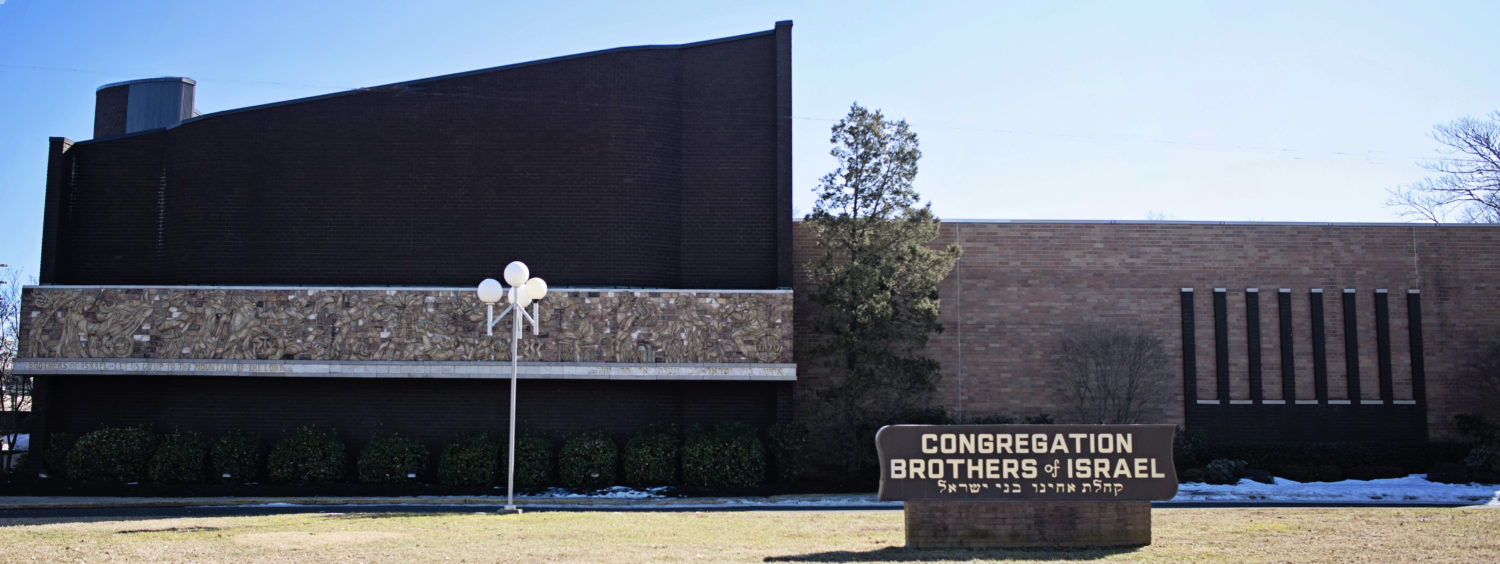Where Did They Get Matzah From in the Desert for 40 Years?
Adapted from Rabbi Braun’s sermon in 5772
Listen to the following fantastic question: if all the Jews ate for 40 years in the desert was the manna, how did they fulfill the mitzvah of eating matzah on Pesach? Could they use the Manna, and if not where did they get it from?
Rav Tzvi Pesach Frank records this question in his book Mikraei Kodesh in the name of his friend Rabbi Yitzchak Rosenthal.
Rabbi Rosenthal attempts to answer the question as follows. He quotes the famous opinion of the Gemara in Yoma (75a) that the Manna tasted like whatever you wanted it to. If you thought lamb chops you got lamb chops, if you thought spinach ravioli you got spinach ravioli. He acknowledges that this is not a unanimous opinion but argues that according to this opinion if you thought shmura matza that is what you got and that would allow you to fulfill the mitzvah.
That is cheaper than $20.00 a pound.
That seems somewhat preposterous. If I could engineer a potato flatbread to taste like matzah it would still be a potato flatbread, it is simply not matzah. The manna should be the same. The taste of matzah is not critical; it is the flour and water that make the matzah.
Rav Frank introduces another source to try and support his friend’s idea. The Chida, Rabbi Chaim Joseph Dovid Azulai, asks “what if you thought pig, pork chops, before you ate the manna?” would that be considered a Torah violation of eating pork? He is willing to entertain the possibility that you would be liable.
If that is so, argues Rav Frank, and it is really as if you have eaten pork, then maybe the same holds true for matzah.
With all due respect that still seemed somewhat preposterous although I will give him kudos for trying to help a friend.
Rav Frank’s own suggestion takes us back to a question asked at seudah shlishit two weeks ago. I had suggested that the cedar wood for the construction of the mishkan was purchased by traders who had contact with the Jews camped in the desert.
Someone then asked, if that is so, why did the Jews need the manna, if they could simply buy food?
With that in mind let’s return to Rav Frank’s answer. He suggests that the Jews in the desert bought the flour for the matzah from gentile traders.
Most fascinating is that this issue actually arises in the Talmud and medieval commentators in the context of bread and flour offerings that accompanied the sacrifices. Some sources indicate a lack of bread/flour while others indicate that they had been either grown in the desert or were available through gentile traders.
According to this other foods might have been occasionally purchased by Jews in the 40 years but the Manna was still necessary in order to sustain 2,000,000 people on a daily basis, either because of the cost involved or because of the inability to deliver that much food on a daily basis.
Every year at the Seder we relive and relearn the story of the exodus and every year there is more that we can learn, new details and aspects of the story that remain to be explored.
That is an integral part of the Pesach experience.


